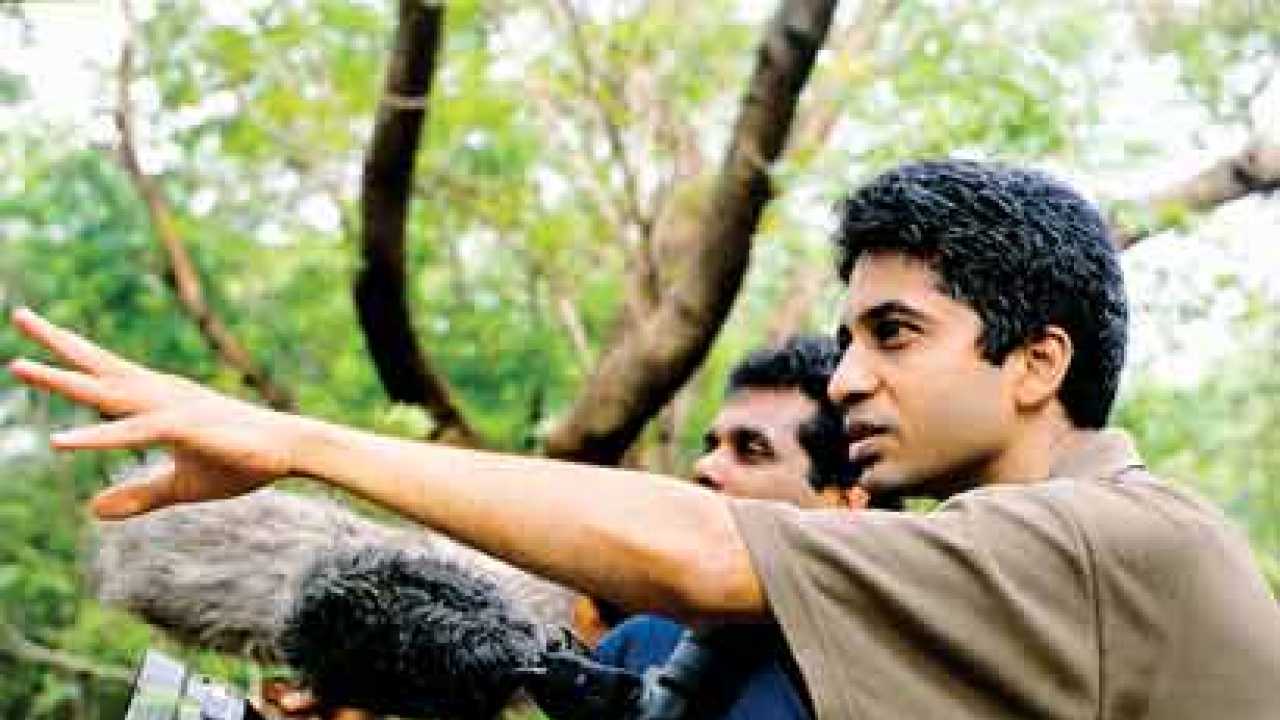
From a 13-year-old volunteer at the Madras Snake Park to becoming the country’s leading wildlife and conservation filmmaker, Shekar Dattatri has had a longstanding tryst with nature. And for someone who started his career behind the camera by chance, Dattatri today is an award-winning auteur whose films on environmental issues are hard-hitting in their simplicity and effective in conveying the seriousness of the issues at hand.
Awards have poured in too for the unrelenting dedication and passion with which he’s shaped up a two-decade long career. Dattatri’s won 4 National Awards and among the international awards to his credit, a prominent one is the Rolex Award for Enterprise that he won for the initiative, The Wild India Project — Changing Hearts and Minds through Moving Images in 2004. “The award helped me acquire what I needed at that time — a whole new set of digital video equipment, which in turn enabled me to do my work better. The award also added to my credibility as a conservation filmmaker,” Dattari says in this email interview he had with After Hrs. Excerpts from an edited interview:
If one were to focus on your career as a wildlife film maker, you made this (for want of a better word) ‘bold’ move to focus on making films that deal with conservation issues when you could have just continued making wildlife films for channels. What were the challenges you initially faced? And what has been the biggest validation that you did the right thing?
The biggest challenge always is in finding ways to convert serious and complex conservation issues into riveting films that can motivate people to act. Mindless Mining, a 12- minute film that I made in 2001 on ecologically damaging iron ore mining within the fragile Kudremukh National Park in Karnataka helped conservation NGOs campaign more effectively with decision makers. It helped garner public and political support to end the harmful mining activities. My more recent film, The Truth about Tigers is helping people understand the issues surrounding tiger conservation. The number of positive comments that people have left in the guest book of www.truthabouttigers.org is a tremendous validation that films like these are important and useful in changing hearts and minds, and in moulding public opinion.
In today’s times, what do you think the role of a wildlife documentary filmmaker should be? Should he just focus on making films or should he go one step ahead and become an activist too?
This is something that each individual has to decide for himself or herself. The most important thing is to make films that are honest, accurate and devoid of sensationalism.
What is the reaction that you always hope your films help bring out in people?
I work to ensure that my films engage with my audience at an emotional level while giving them rational reasons for conservation too. While it is unrealistic to expect everyone who watches a conservation film to go out and do something about solving that specific problem, it is imperative that a film leaves a strong impression and makes viewers at least think about taking up such issues.
I am sure you can write a whole book on your adventures amongst Indian wildlife. Any recent experiences you can share?
I’m presently working on a conservation documentary in Odisha. Earlier this year, my team and I were enthralled by the spectacle of huge flocks of godwits taking off and landing in unison, twisting this way and that on their silvery wings. Sometimes a section of the sky was entirely covered by the birds. It made me grateful to be alive.
Is finding funding the biggest challenge for documentary filmmakers in India?
Yes, finding funding is a perennial challenge for documentary filmmakers all over the world, and particularly so in India. However, the advent of accessible and affordable digital video technology has considerably lowered the barriers for new entrants who want to make a mark.
What are the other constraints that probably act as dampeners in getting young filmmakers from looking at documentary film making as a viable career option?
Documentary film making is not for everyone. It is not so much a career as a calling. If you are passionate and have skills and talent, you might even make a living from it.
What do you think is the best way Indians can contribute to help conserve wildlife?
The most scary thing today is the purchasing power of the 300 million-strong Indian middle class, which is spurring over consumption and excessive waste, all of which impact nature and natural resources. The most important way that all citizens can contribute towards conserving what is left of our forests and wildlife is to try and consume less of everything in everyday life and thus also reduce the waste we generate. The other important contribution would be to voice our concerns about the destruction of nature through as many means as possible so that political leaders and other decision makers in government are left in no doubt that the indiscriminate destruction of nature will not be tolerated.
Finally, what are the most poignant lessons that nature and wildlife has taught you?
There are so many lessons to take away from nature, but perhaps the most important one is that there is no such thing a ‘waste’ in nature. Everything is recycled to perfection.